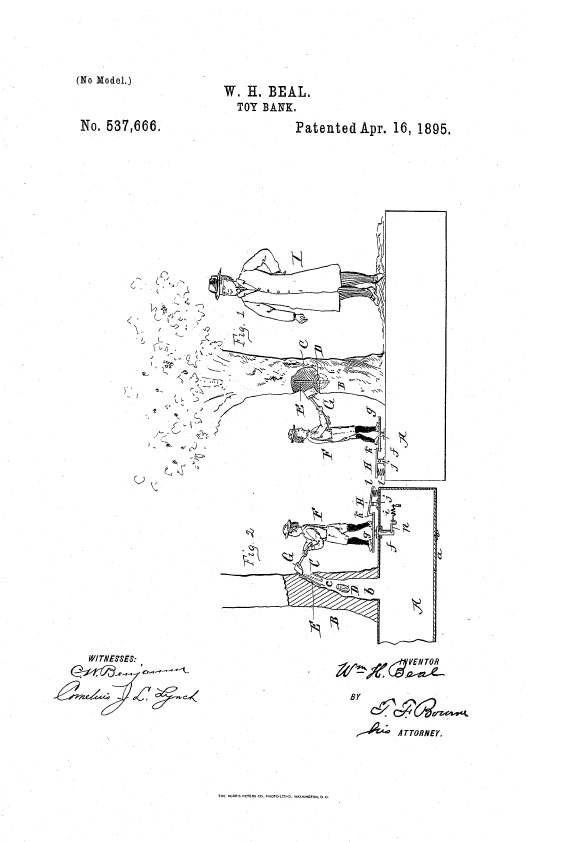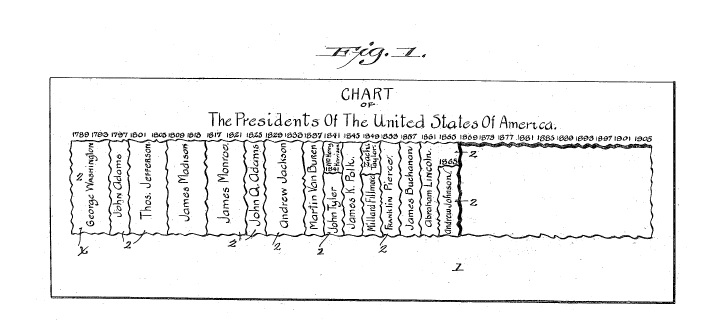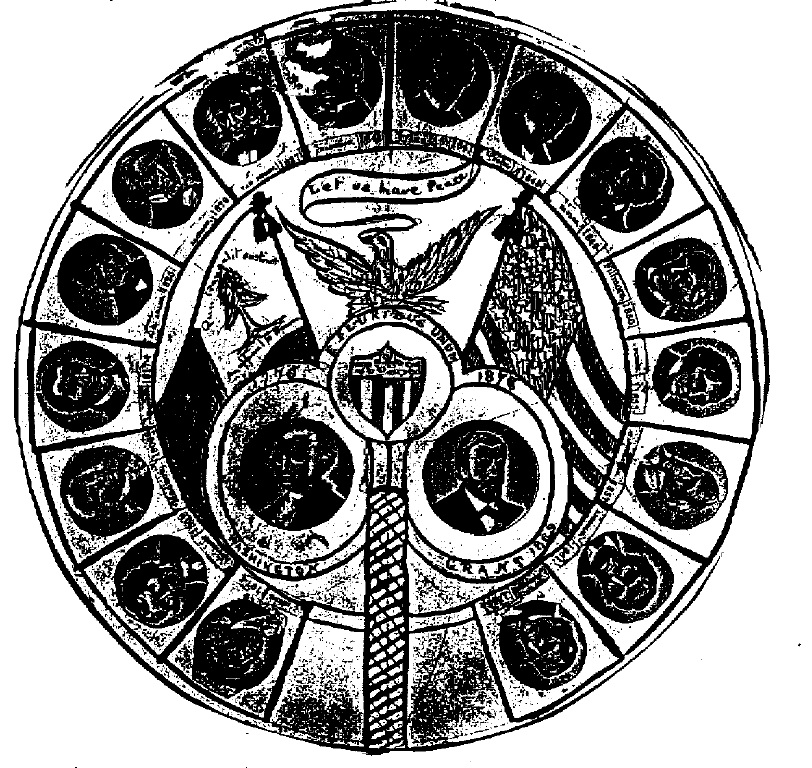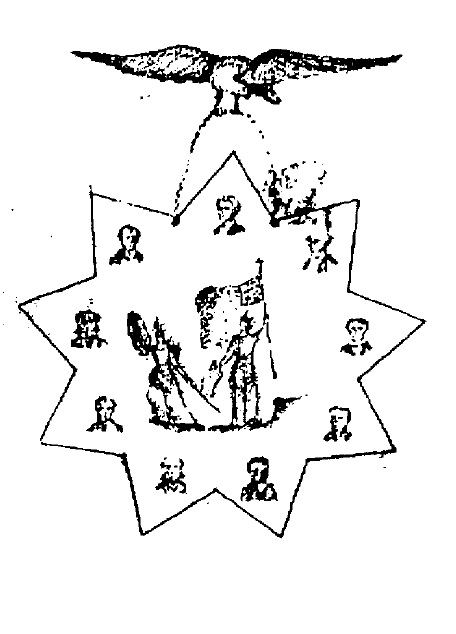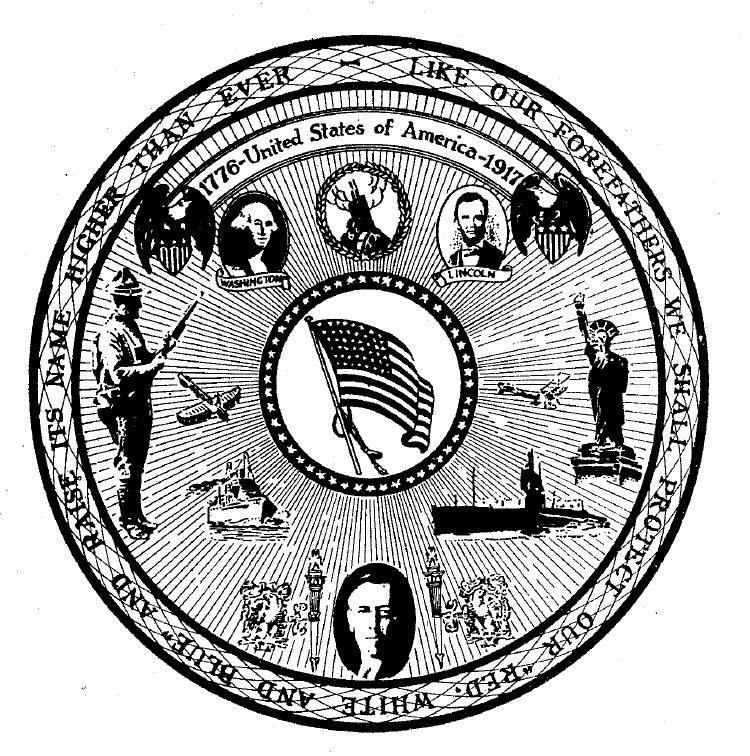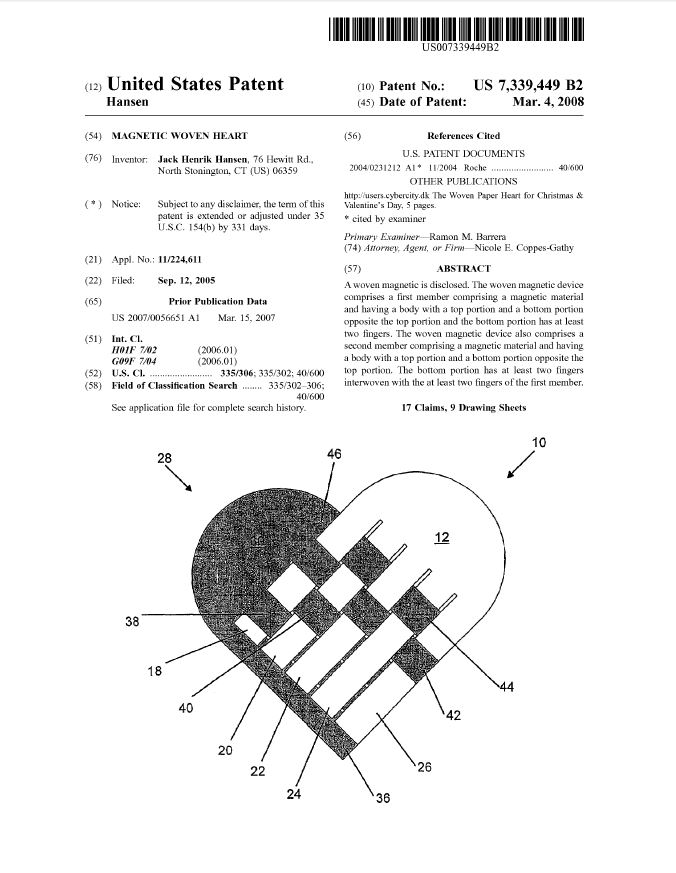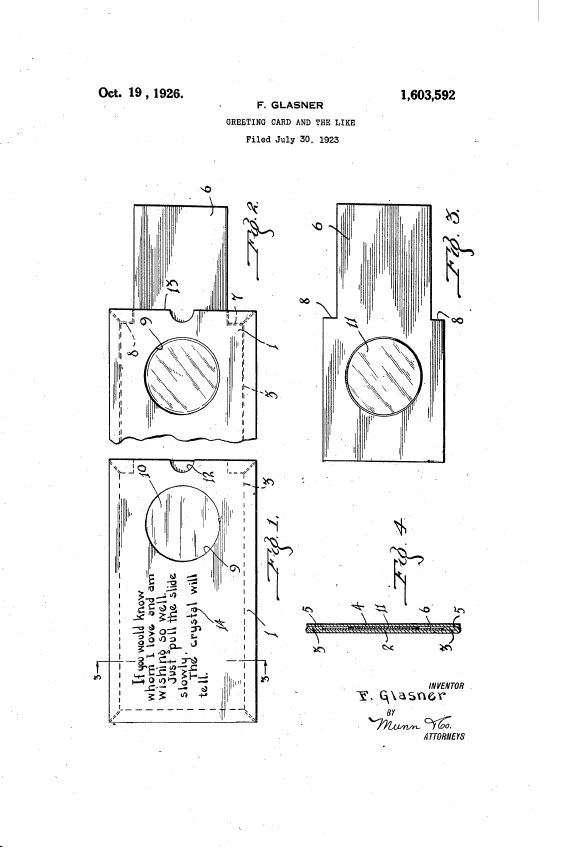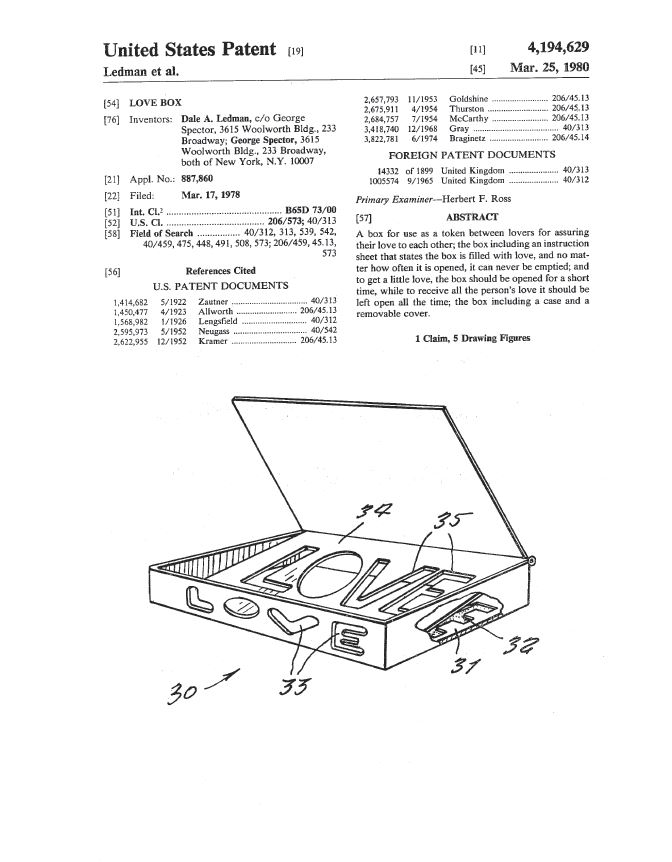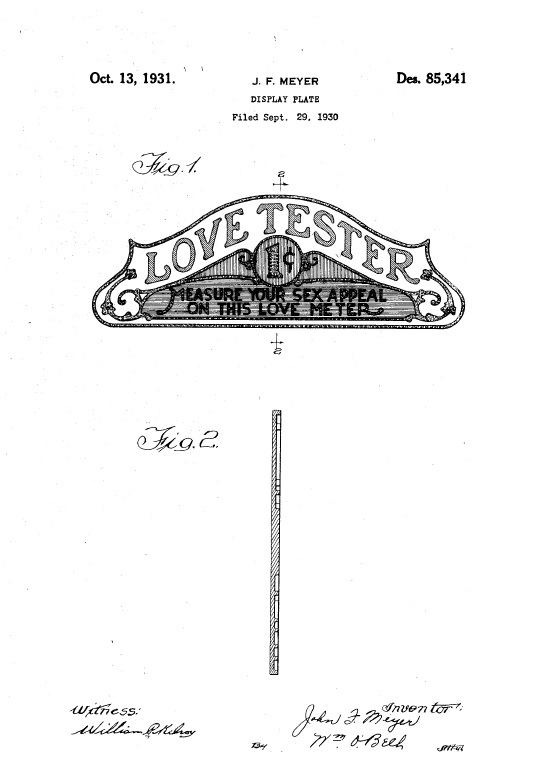In Continental Circuits LLC v. Intel Corporation, [2018-1076] (February 8, 2019), the Federal Circuit, finding that the district court erred in its claim construction, vacated judgment of non-infringement and remanded the case for further proceedings.
The four patents in suit, U.S. Patents Nos. 7,501,582, 8,278,560, 8,581,105, and 9,374,912 all are directed to the problem of preventing delamination of multilayer electrical devices by forming a unique surface structure comprised of teeth that are preferably angled or hooked like fangs or canine teeth to enable one layer to mechanically grip a second layer having a tooth structure. The district court construed the claims to require that the structure be produced by a repeated desmear process.” The district court noted that the specification not only repeatedly distinguished the process covered by the patent from the prior art and its use of a single desmear process, but also characterized “the present invention” as using a repeated desmear process. Further the district court found that the prosecution history corroborated its construction, because the applicant relied upon repeated desmear processes.
The Federal Circuit found that the district court erred in its construction. The Federal Circuit first noted that none of the claims actually recited a repeated desmear process. Turning to the specification, the Federal Circuit found that none of the statements relied upon by the district court rose to the level of a clear and unmistakable disclaimer. The specification described the repeated desmear process as only “one technique” for forming the required teeth. The Federal Circuit further noted that the specification identified the repetition as “a way” of forming the teeth. The Federal Circuit concluded: “Overall, those statements simply describe how to make the claimed invention using the preferred Probelec XB 7081 in a “new” way that is different from the prior art pro-cess and are not statements clearly limiting the claimed “electrical device” to require a repeated desmear process.”
The Federal Circuit also noted that it has express rejected the contention that if a patent describes only a single embodiment, the claims of the patent must be construed as being limited to that embodiment. The Federal Circuit also said that distinguishing the double desmear process as “contrary to” or “in stark contrast” with the single desmear process is also not clear and unmistakable limiting statements. The Federal Circuit explained that it as held that mere criticism of a particular embodiment is not sufficient to rise to the level of clear disavowal.
As to the use of “the present invention” in the description of the preferred embodiment, the Federal Circuit found that these also were not limiting. Explaining that while descriptions of the ‘present invention as a whole could limit the scope of the invention, use of the phrase “present invention” or “this invention” is not always so limiting, such as where the references are not uni-form, or where other portions of the intrinsic evidence do not support applying the limitation to the entire patent. The Federal Circuit said that in the case before it the references to the present invention do not characterize the present invention “as a whole,” and instead only disclose one way to carry out the present invention using Probelec XB 7081.
Turning to the prosecution history, the Federal Circuit did not agree that a clear disavowal exists in this prosecution history. The expert declaration cited by the district court, explained that the written description disclosed “a technique which forms the teeth” by “performing two separate swell and etch steps.” The Federal Circuit said that describing a particular claim term to overcome an indefiniteness or written description rejection is not the same as clearly disavowing claim scope, and in any event were directed to one technique for carrying out the invention.
The Federal Circuit concluded that to read a process limitation into a product claim it must be clear that the process steps are an essential part of the claimed invention. Because the patentee had not “made clear” that the repeated desmear process is “an essential part of the claimed invention,” it was improper for the district court to read this process limitation into the product claims for this additional reason.
Lastly the Federal Circuit explained the use of extrinsic inventor notes regarding the invention did not support varying the the construction from based upon the extrinsic evidence.

